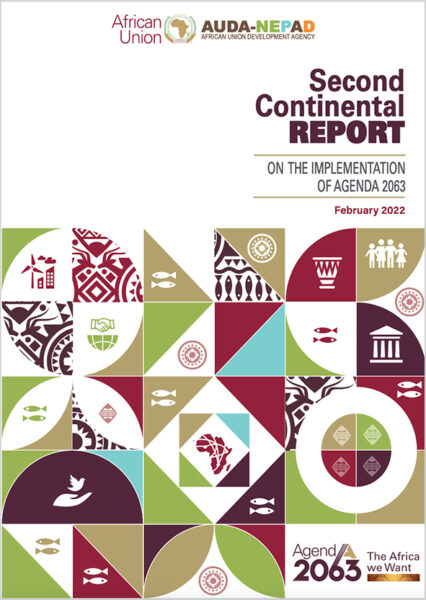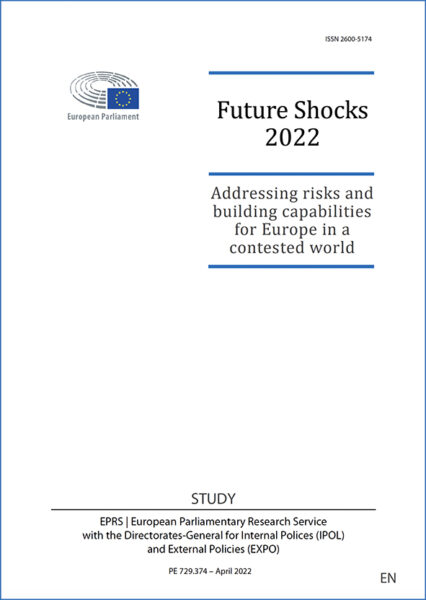Following the series on “water-related violence”, begun in March 2008 by Pierre Blanc and continued in May, Barah Mikaïl takes a look here at the specific case of the Nile and related issues in East Africa.
The Nile is just over 4,000 miles long and has two tributaries, the White Nile and the Blue Nile. It either passes through or alongside some 10 African countries or is connected with them by its drainage basin (approx. 380 million inhabitants). Among these are three regional giants that are far from politically stable: Sudan, Egypt and Ethiopia (with almost 190 million inhabitants between them). How does the Nile influence the political situation in these countries and the regional geopolitical balances? What are the prospects for the peoples of the Nile region in such a context?
Barah Mikaïl provides a number of analytical keys here and shows what factors will shape these issues of the future. After presenting the particularities of the Nile basin as a hydraulic entity and recalling the historical phases the management of the river’s waters has passed through, he enumerates the attendant geopolitical dangers, which include demographic and climatic constraints, social tensions, internal threats and regional rivalries. In this context, the particular case of Sudan seems to be among the most crucial in determining the future for the inhabitants of the Nile Basin.
The Nile, a River under Serious Pressure. Towards a Warlike Configuration in the Nile Basin?
Cet article fait partie de la revue Futuribles n° 346, nov. 2008



